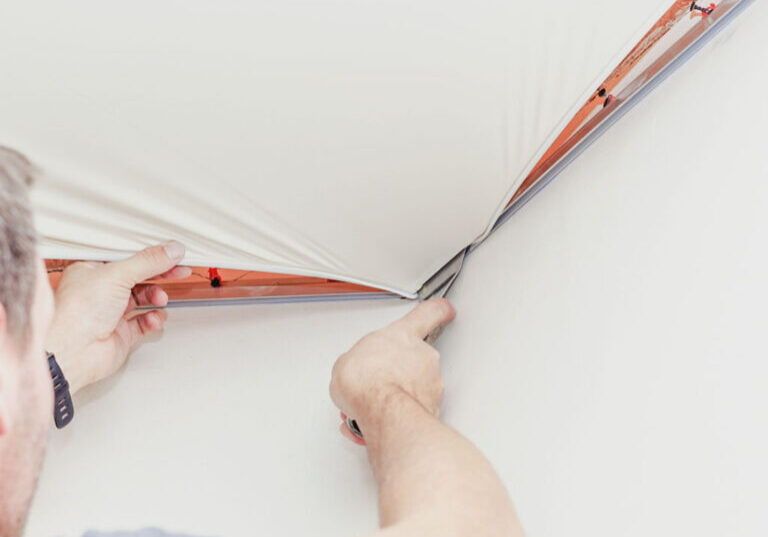What is Unsuitable Soil in Construction?
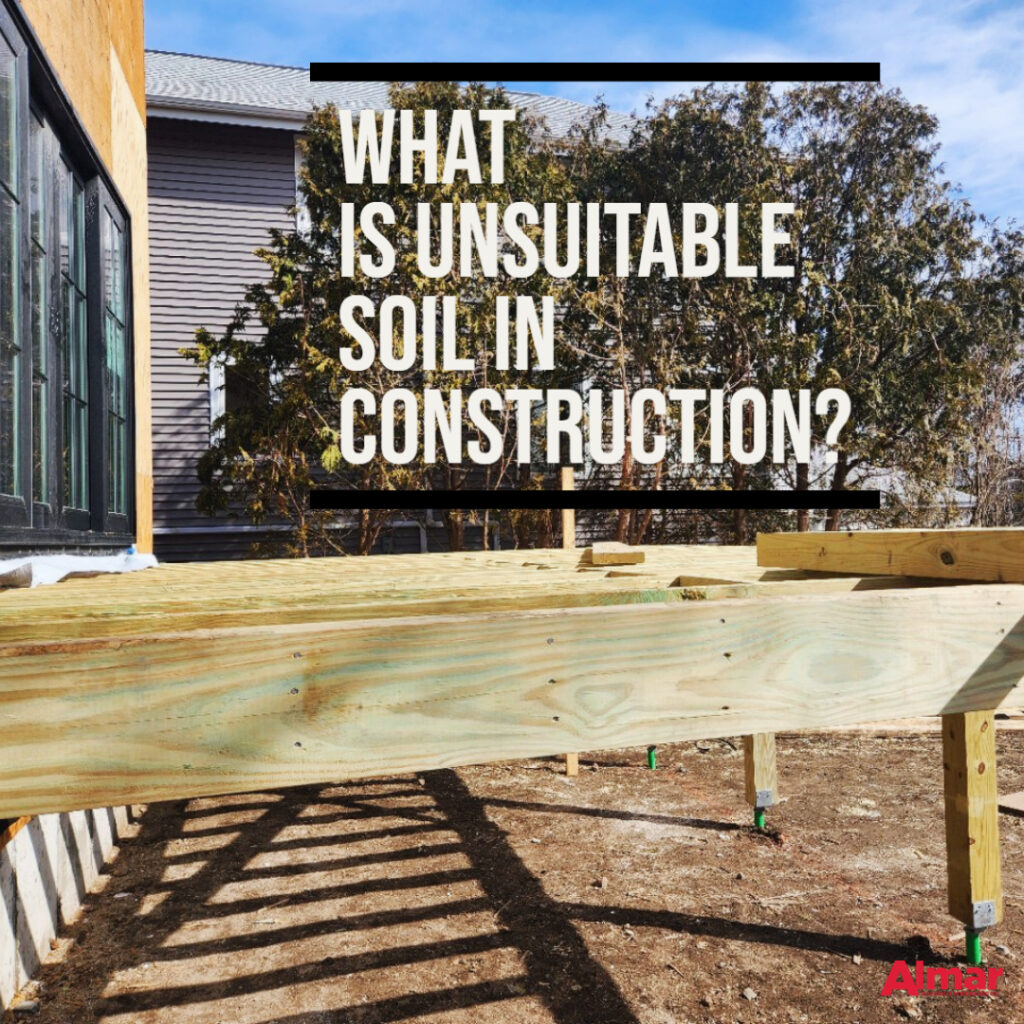
Planning for the unexpected
When planning an addition or new home there are a lot of things to consider. After 60 years of remodeling in Massachusetts, our team has seen a lot and has a lot of tails to tell. But every now and then, something new comes up even for us. We often get asked, “what’s something that is not typical you’ve experienced during a project?”
What is Unsuitable Soil and How to Rectify it?
We often see rocks or ledges in our area, something that is less common is unsuitable soil. Typically soil samples are not taken before starting an addition project in our area, but because New England has been inhabited for a long time, we may start to excavate and find non-virgin soil. Sometimes we will come across man-made issues like old trash or burn pits.
Unsuitable soil may not pose a huge problem to construction, as long as some precautions are taken. In the most recent case, we saw what the town required was for us to bring in an engineer to look at it, excavate out as much as we could, and based on the engineer’s recommendation, we filled back in the excavated area and compacted the area with clean soil.
Choosing the Right Contractor and Contingency Funds
While this was definitely an unforeseen issue for both the homeowners and our team, the homeowner can now feel confident in the fact that their new addition is built on stable and suitable soil. This is one of the types of unforeseen and unexpected things that can arise during a project. We always recommend having a contingency fund (an extra amount of money set aside) of approximately 5-15%.
Learn more about remodeling contingency funds: here.
If you’re looking to plan a remodel or have any addition planning questions, call us today at 781-826-2577.



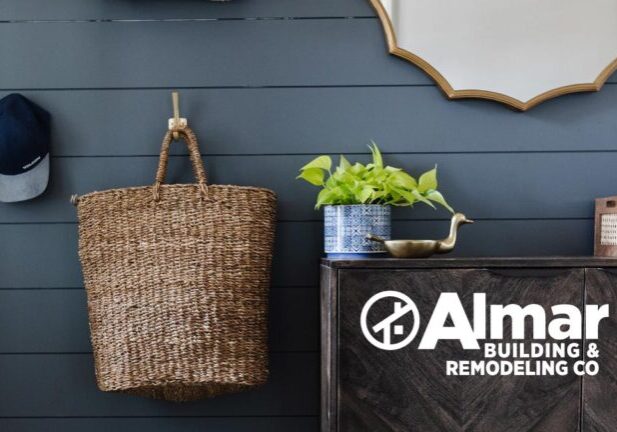
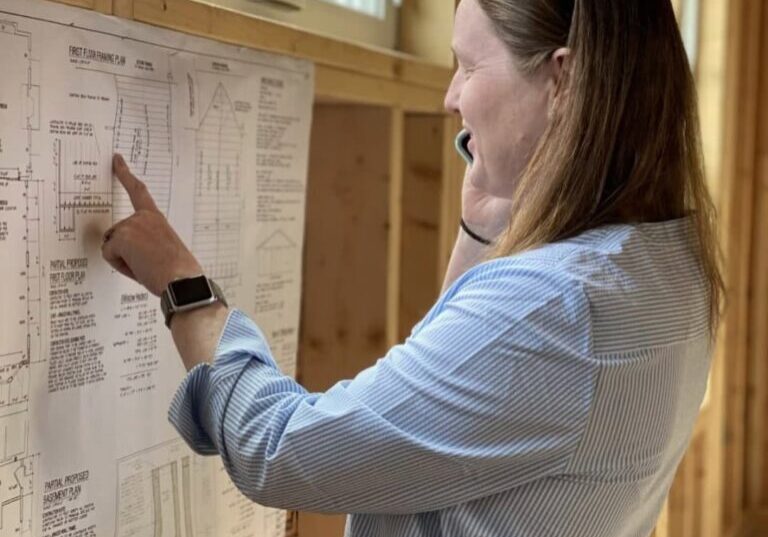


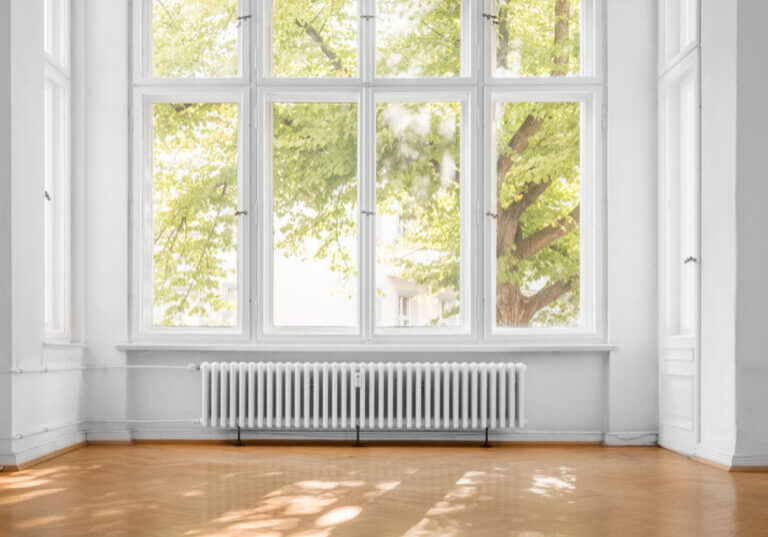
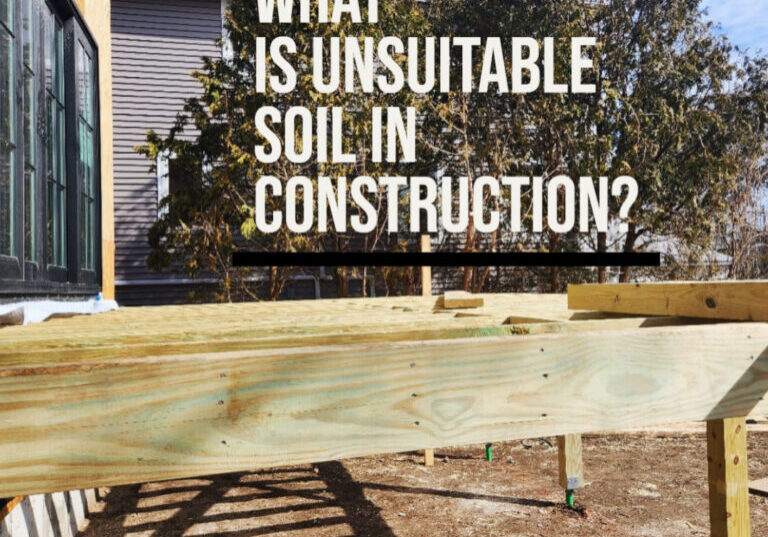
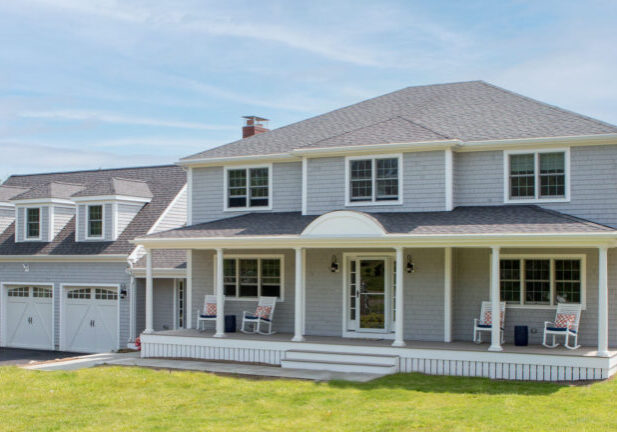
![tankless-water-heater-1[1] Tankless Water Heater](https://www.almarbuilding.com/wp-content/uploads/bb-plugin/cache/tankless-water-heater-11-768x768-landscape-74424456e97fc6b21e8e333ffd67994b-.jpg)
